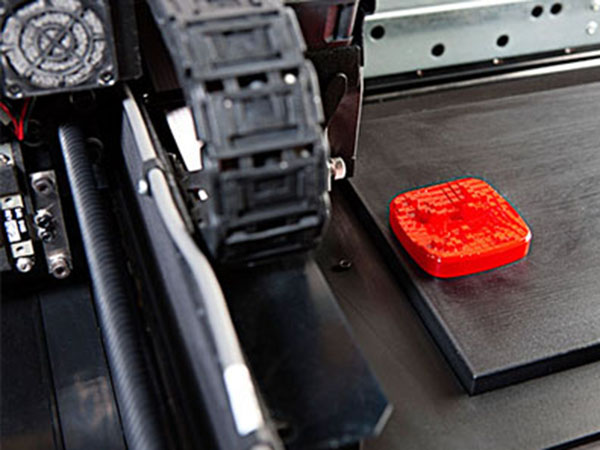![]() Tel:+86 135 7086 9158
Tel:+86 135 7086 9158
![]() Tel:+86 135 7086 9158
Tel:+86 135 7086 9158
PRODUCT LIST

For different application areas, additive manufacturing technology is not enough to replace traditional manufacturing methods in the short term. However, with the decline in the price of printing materials and the increase in printing size and speed, the penetration of additive manufacturing technology in various application fields will gradually deepen. People will increasingly use 3D printed parts and components, and even Products manufactured entirely through 3D printing. As shown in the "Wohlers Report 2013" report (Figure 8), what we can see is often only a small part of the entire iceberg, and the huge iceberg hidden under the sea is the area to be developed and it is also additive manufacturing. The potential for the future lies. Although we cannot clearly describe the full picture of future additive manufacturing, it is enough to anticipate its technological development trends.

The glacier above sea level represents the active application areas of additive manufacturing technology for many years, such as the manufacture of prototypes and models. The area near the sea level is the application field where additive manufacturing is developing, including the manufacture of medical implant devices and metal aviation components. In the deeper area, people expect "living" printing of human organs and 3D printing in outer space. In the future, what incredible applications can be achieved by additive manufacturing, we still don't know, but these applications in unknown areas will be very exciting. Judging from the expectations of the subdivisions, we can find that the way in which additive manufacturing technology gradually penetrates is different.
As far as the aerospace and automotive fields are concerned, additive manufacturing will develop from partial part manufacturing to overall printing. In contrast, the biomedical field will gradually advance from "non-living" printing to "living" printing. For the creative industry, the impact of additive manufacturing technology is not a change in manufacturing methods, but a gradual change in creative design models. From a more macro perspective, the impact of additive manufacturing on general manufacturing, supply chain and business can be attributed to model innovation, that is, the innovation of production mode, supply mode, and business model. This will mean that there will be a large number of emerging SMEs that will rely on new ideas to thrive, and they will have the ability to achieve rapid expansion of production with minimal capital investment.
These new companies with agility and extremely short product launch cycles will become strong competitors in the future market. For large design and manufacturing companies, additive manufacturing technology is an opportunity for the integration of IT and manufacturing. As mentioned above, additive manufacturing is not only a manufacturing technology, but also a digital technology. With the help of the "cyber-physical system" formed by the Internet, its openness and popularity will set up a broad stage for future innovation. As mentioned in the strategy of NASA’s Jet Propulsion Laboratory: The meaning of “IT” has changed from information technology to innovate together.
Copyright © Shenzhen Airboat Technology Co., Ltd. All rights reserved 【Backstage management】